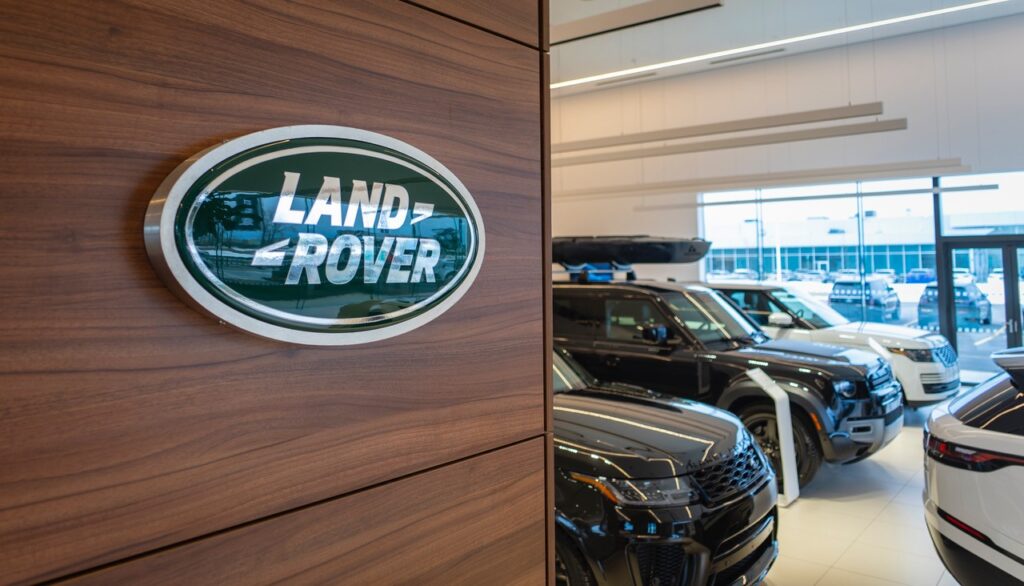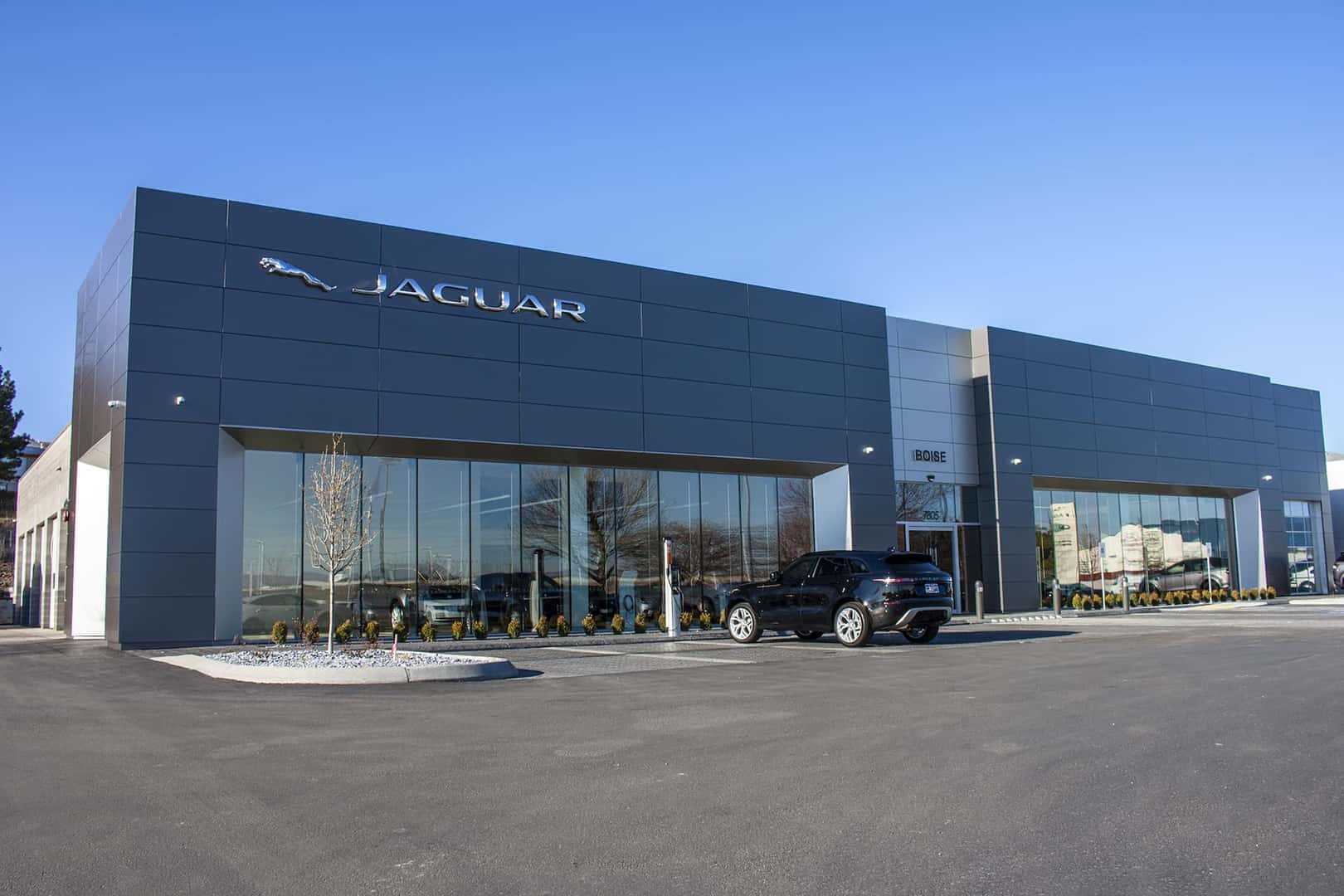Development on Wheels: Discover the most recent at Our New Land Rover Dealer
Development on Wheels: Discover the most recent at Our New Land Rover Dealer
Blog Article
The Ins and Outs of Automobile Leasing: A Comprehensive Guide on How It Functions
Browsing the world of car leasing can be a complex undertaking, calling for a firm understanding of the complexities entailed. From recognizing lease terms to determining payments and discovering end-of-lease alternatives, there are many facets to take into consideration when pondering this economic commitment. As customers progressively choose leasing over typical car ownership, it becomes necessary to unwind the nuances of this process to make enlightened decisions (Truck Dealer). In this extensive overview, we will explore the core parts of car leasing, clarifying the mechanisms that drive this popular automobile acquisition technique.
Advantages of Car Leasing
One considerable benefit is the lower regular monthly settlements associated with leasing contrasted to purchasing a car. Leasing permits individuals to drive a newer auto with lower ahead of time prices and lower month-to-month settlements since they are just financing the car's depreciation throughout the lease term, instead than the whole purchase cost.
Considering that leased cars are usually under the supplier's warranty during the lease term, lessees can prevent the monetary burden of significant fixings. Leasing may use tax advantages for service owners who utilize the lorry for company purposes, as lease settlements can commonly be subtracted as a service cost.
Recognizing Lease Terms
Thinking about the monetary advantages of automobile leasing, it is necessary to realize the intricacies of lease terms to make enlightened choices regarding this lorry funding option. Lease terms refer to the certain conditions laid out in the leasing arrangement between the lessee (the individual renting the vehicle) and the owner (the leasing firm) These terms generally include the lease period, month-to-month repayment amount, gas mileage limitations, wear and tear standards, and any potential costs or fines.
One crucial facet of lease terms is the lease period, which is the size of time the lessee consents to rent the lorry. Lease durations frequently vary from 24 to 36 months, however can differ. Comprehending the lease duration is crucial, as it impacts general prices and regular monthly repayments. In addition, gas mileage limits specify the optimum number of miles the lessee can drive the lorry every year. Going over the gas mileage limit can result in excess gas mileage costs at the end of the lease. It is essential to carefully examine and understand all lease terms before authorizing the contract to avoid any kind of shocks or misconceptions during the leasing duration.

Computing Lease Settlements
Exploring the process of calculating lease repayments loses light on necessary economic factors to consider for individuals participating in car leasing arrangements. Lease settlements are usually identified by taking into consideration factors such as the lorry's devaluation, the agreed-upon lease term, the cash factor (rates of interest), and any kind of extra costs. To calculate lease repayments, one can make use of the adhering to formula: Regular monthly Lease Settlement = (Devaluation + Finance Charge) ÷ Variety Of Months in the Lease Term. The devaluation quantity is calculated by determining the difference between the lorry's preliminary value and its recurring worth (its anticipated worth at the end of the lease) The financing cost, which is comparable to the passion price on a lending, is calculated based upon the cash element supplied by the renting business. It's essential for lessees to comprehend exactly how these elements intertwine to establish their month-to-month lease payments precisely. By recognizing the computation procedure, individuals can make enlightened decisions when becoming part of car leasing arrangements, ensuring they remain within their budget and financial capabilities.
Maintenance and Insurance Coverage Considerations
Understanding the upkeep and insurance coverage needs related to automobile leasing is critical for lessees to make certain the proper care and defense of the car throughout the lease term. Upkeep responsibilities vary among leasing contracts, yet lessees are usually expected to maintain the supplier's advised upkeep timetable. Failing to do so can cause penalties at the end of the lease or void certain warranties. Lessees should maintain thorough documents of all repair and maintenance to provide proof of conformity when required.
Concerning insurance policy, all rented cars should have detailed and crash insurance coverage with responsibility restrictions that meet or go beyond the leasing firm's demands. This is to shield both the lessee and the renting business Land Rover dealer in instance of a mishap or damage to the car. It is essential to carefully evaluate the insurance coverage needs described in the lease arrangement and make sure that the protection is preserved throughout the lease term. Failing to maintain appropriate insurance policy coverage can cause severe consequences, consisting of possible lawful concerns and financial responsibilities. By recognizing and meeting these maintenance and insurance policy obligations, lessees can take pleasure in a smooth leasing experience while guarding the rented automobile (Truck Dealer).
End-of-Lease Options and Process
As completion of the lease term approaches, lessees exist with various choices and a specified procedure for returning the car or selecting to seek a various setup. One typical alternative is to simply return the lorry to the owner at the end of the lease term. Lessees are commonly accountable for any excess mileage costs, deterioration charges, and any type of other exceptional repayments as laid out in the lease contract.
Additionally, lessees may have the choice to acquire the vehicle at the end of the lease term. The acquisition price is usually determined in the lease agreement and may include a residual value that was developed at the start of the lease.

Another option for lessees is to sell the leased car for a brand-new lease or purchase - New Land Rover Dealer. This can be a convenient choice for those that choose to continually drive a new automobile without the hassle of selling or returning the present leased vehicle
Inevitably, comprehending the end-of-lease alternatives and process is important for lessees to make informed choices that line up with their demands and preferences.
Conclusion
Understanding lease terms, computing settlements, and thinking about upkeep and insurance policy are important aspects of the leasing process. Additionally, knowing the end-of-lease alternatives and procedure is crucial for a smooth transition at the end of the lease term.
Considering that rented vehicles are normally under the producer's guarantee throughout the lease term, lessees can stay clear of the economic burden of significant repairs. Lease terms refer to the details conditions detailed in the leasing arrangement in between the lessee (the person leasing the automobile) and the owner (the renting firm)One critical aspect of lease terms is the lease period, which is the length of time the lessee concurs to lease the lorry. Lease settlements are typically determined by thinking about elements such as the car's devaluation, the agreed-upon lease term, the cash factor (passion rate), and any type of additional costs. To calculate lease payments, one can utilize the complying with formula: Monthly Lease Payment = (Depreciation + Financing Cost) ÷ Number of Months in the Lease Term.
Report this page